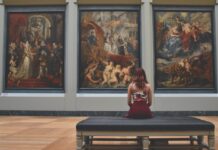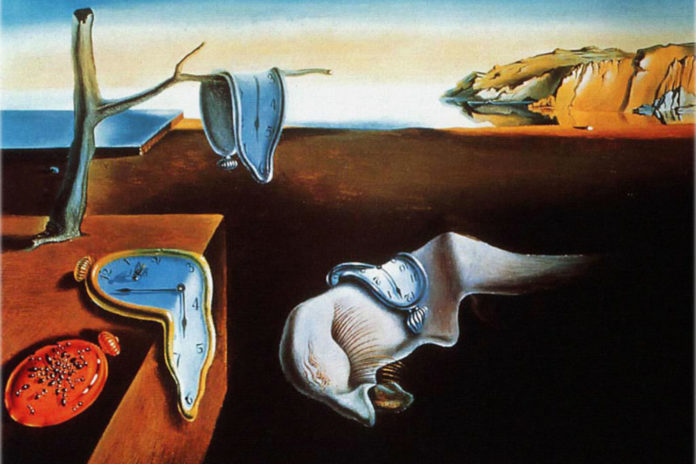
Perhaps the most beautiful thing about art is that it’s not defined by any rules. It’s left up to interpretation by everyone who views it, leading to understandings as diverse as the artists and pieces themselves. Still, many people question the value of art. Not the monetary value, but rather the purpose it holds in modern society, and art experts (and aesthete alike) are quick to respond.
What Is Art?
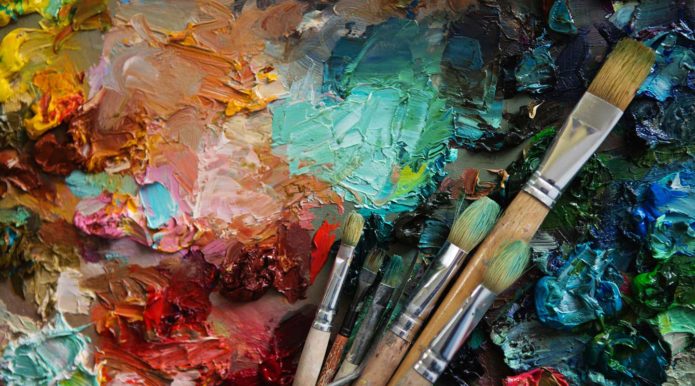
Just as art exists without rules or boundaries, it also exists without a concrete definition. What distinguishes a child’s finger painting from a famous sculpture? At what point does paint spilled on a piece of paper become “art”? Those are the subjective questions that simply can’t be answered.
If you refer to a dictionary, the official definition of art is “the conscious use of skill and creative imagination especially in the production of aesthetic objects” (Merriam-Webster). In truth, art comes in many forms, from pottery and portraits to more abstract forms, such as dance.

The basic ways people have tried to define art range from “any creative work a human being produces” to the more complex words of Frank Lloyd Wright, who stated: “Art is a discovery and development of elementary principles of nature into beautiful forms suitable for human use.”
Depending on who you ask, the “functions of art” are also plentiful. Memory is certainly one of the most well-recognized, with artists using their medium as a way to preserve visuals, emotions, and memories. Art can also serve the function of hope by reminding observers to see, appreciate, and hold onto beauty. In contrast, art can also represent sorrow, validating our deepest emotions. Other functions that should be added to this non-extensive list would be art’s ability to harbor growth, appreciation, and self-understanding.
Why Is Art Important?

With the many functions of art in mind, it’s obvious that art can serve many purposes, whether or not the creator intended for their art to be perceived in a certain way. For instance, a painter embellishing a landscape of their homeland onto canvas could be displayed as a form of cultural appreciation by a foreign observer. That same piece could be put up by its own creator, evoking memories of their home at a glance, or perhaps even bought by a neighbor or friend who just wants to admire its beauty.
Art can also end up spreading awareness, as is the case with many photographs produced by journalists through the years and even by the music of various artists across genres. Perhaps most commonly, though, art is created to entertain and make people happy–as is the case with many types of music, films, writings, and other things that make their way into pop culture.
Just as no one person can define “art,” no one person can truly define what makes it so immensely important in today’s world. You could say it’s because of its ability to provoke emotion, its ability to inspire, or perhaps its ability to capture–be it a moment in time, a person, a place, or a feeling.
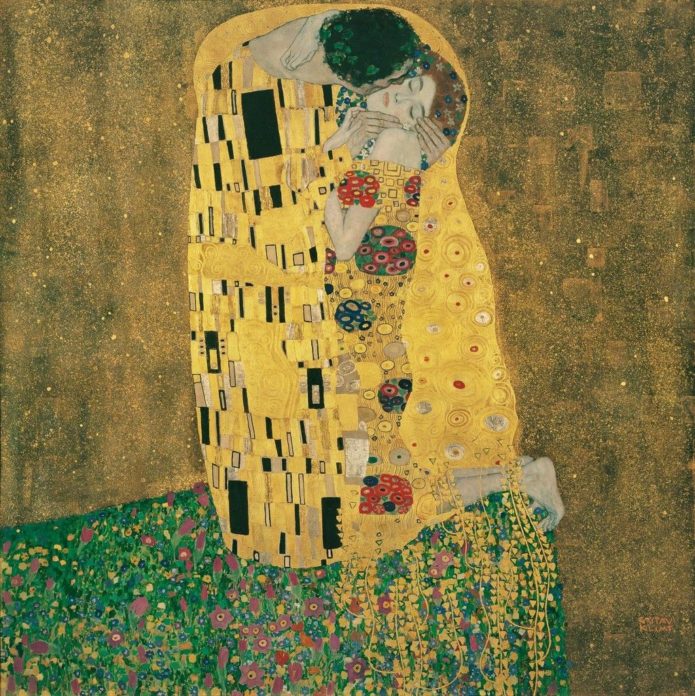
Ultimately, I believe art is important as a means of expressing oneself. Whether a person creates a piece of art or merely enjoys it, art has a way of encapsulating certain emotions and ideas that allow the observer to experience a sense of understanding and empathy. I think that art is very beautiful in that, even if a certain emotion wasn’t on the creator’s mind when they made a piece, a person can experience art in a number of different ways, and that makes it very special to analyze.
While modern forms of art are what typically come to mind when the term is mentioned, the fact is that art has existed (in some form or another) since the dawn of the Paleolithic Era. Ancient parietal art decorated cave walls since before the written word, and some theorize it actually acted as the origin for early human language. Its exact purpose was unknown, yet–thousands of years later–we continue to both analyze and admire it, which is a concept that I truly appreciate.
To think that artwork dating back to a time before modern civilization is still being observed helps to cement my opinion that art exists as a foundation for sharing and empathizing. Even if an artist does not anticipate anyone to view their piece, those who take time to see and appreciate it are sure to find meaning in it.
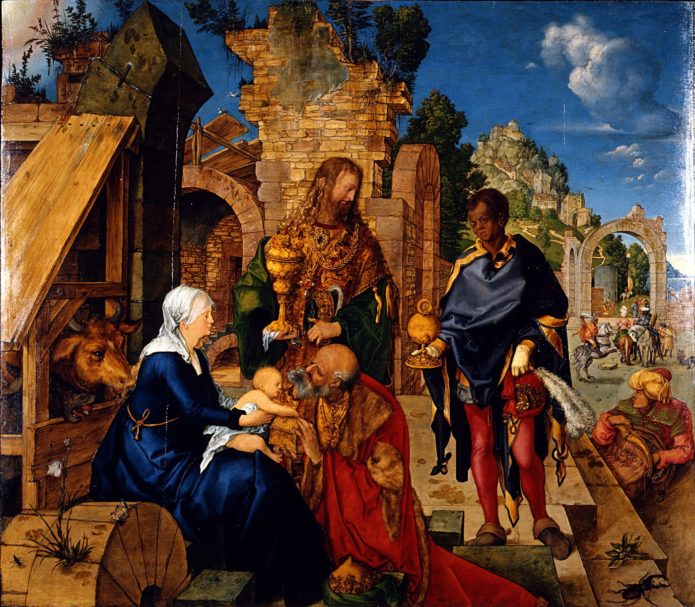
It’s true that the interpretation of art is based on the experience of the observer viewing it, which surely leads to projection, but I believe that only adds to a piece of art. I personally witness this phenomenon all of the time when discussing the meaning of specific songs. A single song can mean so many different things to so many different people, yet the song itself remains unchanged, which I feel beautifully sums up just why art is so important for humans to embrace.
Aside from being a means of self-expression, art is relatable. Its appreciation and understanding can bring people together to find common meaning, or perhaps many different meanings, from a single piece of artwork. Whether it is a song, or a poem, or something else, maybe it’s not really the art itself that is important, but the people behind the artists who use it as a platform to both portray and connect with what they themselves find important.
At the end of the day, art and anyway it is defined will prove controversial, but that in no way hinders art’s impact upon society. Whether it is being used for entertainment, cultural appreciation, or mere aesthetics, art holds special importance that is far too large to define in words.


